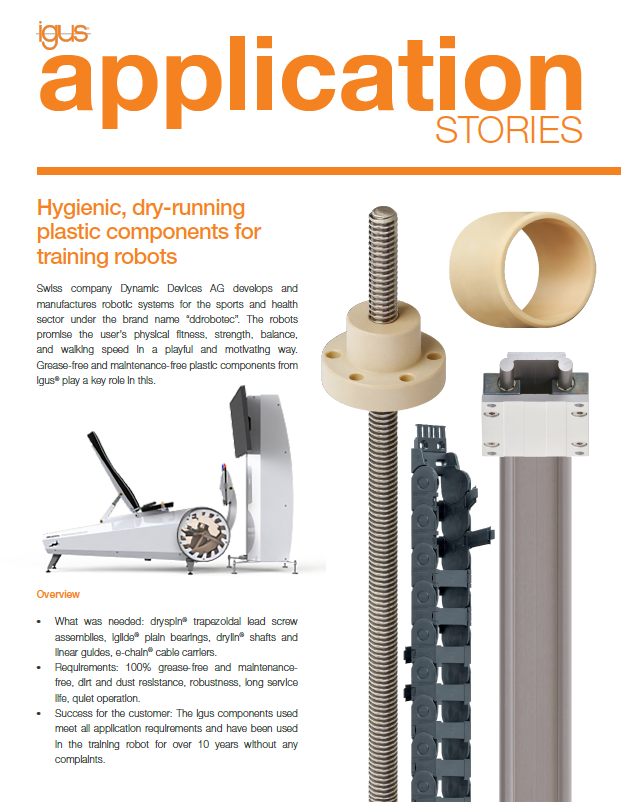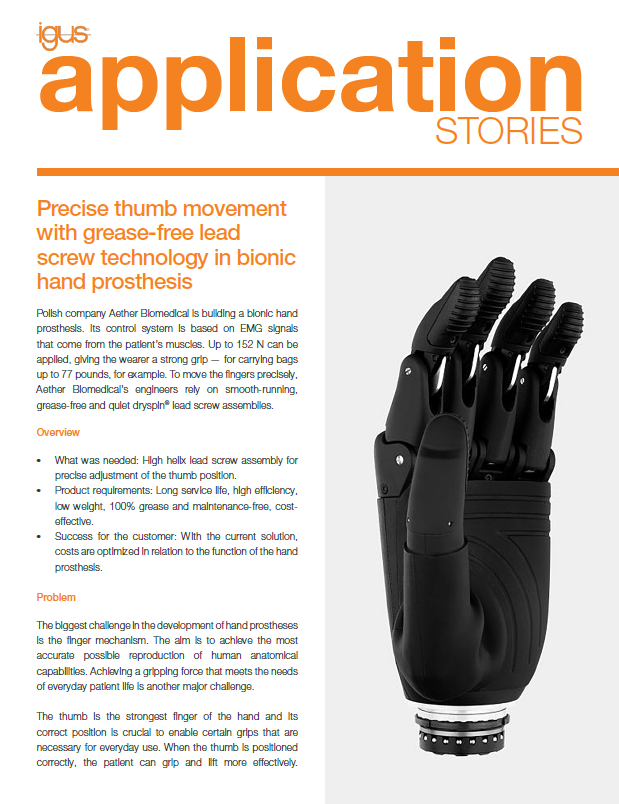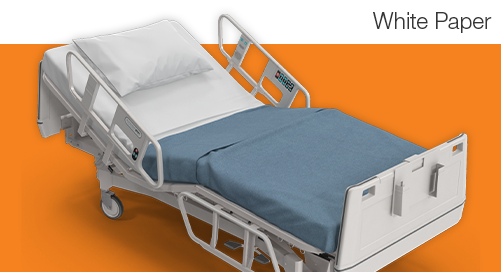New Exoskeleton Shoulders Rehab Burden for Stroke Patients
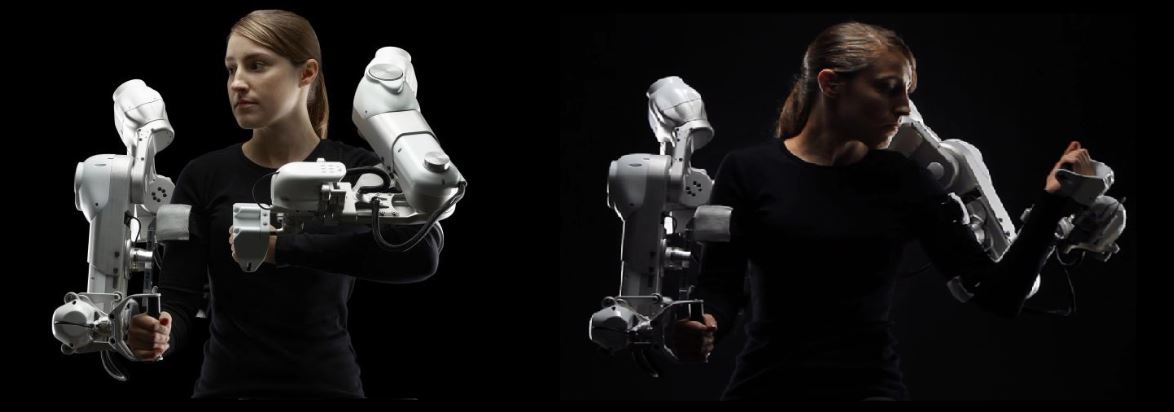
Device assists physical therapists in improving functionality in fast-growing medical concern
Bob Whitford is not a man who gives up easily, either through his personal or professional pursuits. Whitford, a Senior Occupational Therapist at St. David’s Medical Center in Austin, Texas, lost his arm as a young boy but overcame that disability to achieve success in competitive cycling. He eventually won a bronze medal in cycling while competing for the USA Paralympic team.
At St. David’s, Whitford strives to help patients show the same determination in their rehabilitation paths. That is especially true for patients who have suffered a stroke, one of the nation’s leading medical concerns. In 2014, St. David’s opened a center to provide a continuum of care for stroke patients who survive stroke at a young age. The center is one of the few in the nation that focuses on meeting the unique goals and rehabilitation needs of younger and active stroke patients.
A new device is assisting Whitford and patients in their rehabilitation journey. The device, called Harmony, is the only bilateral upper extremity device on the market. “Upper limb exoskeletons are emerging in the rehab market due recent technology advancements that have made it possible,” Whitford said. “I believe we are just scratching the surface on exoskeleton technology development and we will continue to make rapid progress as industrial robotic technologies drive the industry in biotech applications.”
Shoulders and their intricate anatomical partners provide a unique challenge for designers of exoskeletons. Stroke often causes paralysis or weakness of one or more of the muscles in the arm or shoulder, and shoulder pain is common. Treatment and rehabilitation begin shortly after the stroke occur.
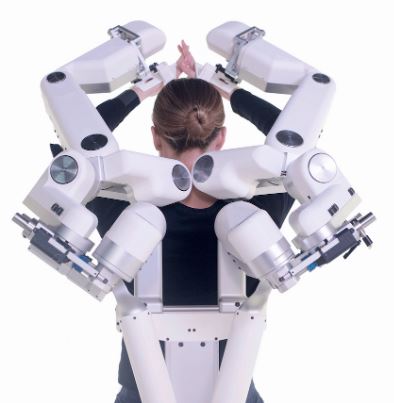
Harmony, which was developed by Harmonic Bionics in Austin, Texas, tracks the shoulder joint as well as the scapular movement of the shoulder girdle. The exoskeleton maximizes the range of motion of the human shoulder and the shoulder girdle while ensuring safety with physical and programmed interlocks. Harmony allows physical therapists to work with the patients to improve the functionality and healing from neuromuscular damage. “Our target is to get stroke patients moving the hemiparetic arm (arm on the side impacted by the stroke) more efficiently and fluidly, which leads to improved outcomes,” Whitford said. “Increasing range and coordination of movement is always the goal with our neuro-injured clients.”
“Our robotic solution frees the therapist to do what they do best and that is to interact with the human, which is an underrated but critical part of the recovery process,” said Rohit John Varghese, Harmonic’s Head of Product Development. “It creates an intimate dynamic between the therapist, the patient and the robot. The result is that survivors of stroke will get better faster and more effectively.”
Ensuring alignment with patient
The critical piece in Harmony is a unique shoulder mechanism that powers coordinated motions of five joints in the shoulder complex, which is the key to shoulder rehabilitation according to Professor Ashish Deshpande, director of the ReNeu Robotics Lab where the project was conceived. The project began in the ReNeu Robotics Lab at The University of Texas’ Cockrell School of Engineering in 2011 with funding from the National Science Foundation. Ensuring alignment between the exoskeleton and the patient is critical to prevent stress on the patient's joints and protect them from injury.
Each side of the robot moves the patient’s arm and shoulder through full natural range of motion. It can be adjusted for people of all shapes and sizes. The Harmonic team used information from extensive databases to collect its anthropometric size data. Based on that data, Harmony can be adjusted to fit more than 95 percent of the American population.
To be effective in a clinical setting, it is important for the exoskeleton to quickly and smoothly change its physical dimensions to align with different body sizes. Oil-based lubrication for the linear bearings causes many issues, including the accumulation of dirt, which allows for bacteria to accumulate. In addition, the resizing mechanisms need to be highly compact to allow for room for the electronics and actuators. All linear bearing mechanisms need to lock once in position to prevent unwanted changes in size.
The Harmonic team solved multiple issues by choosing linear bearings from igus®, the Germany-based manufacturer of motion plastics. The company runs its operations out of Providence, R.I. The bearings allow for smooth and bind-free size adjustment without lubrication, and size and weight reduction.
High-performance plastics
Harmony includes 6 iglide J bearings, a versatile endurance performer that exhibits low wear against different shaft materials and low coefficients of friction in dry operation. They are cost-effective bearings when low-pressure loads are needed, and are frequently used in automation, printing, packaging technology, and aerospace engineering.
A custom bearing housing retains a drylin R linear plain bearing liner, which reduced the size significantly compared to previous models of the exoskeleton. drylin R products are made with the iglide J material, and are frequently used in packaging, food processing, and lab automation equipment. The shoulder mechanism also includes drylin R bearings, which operate dry and are resistant to the chemicals used for frequent cleanings.
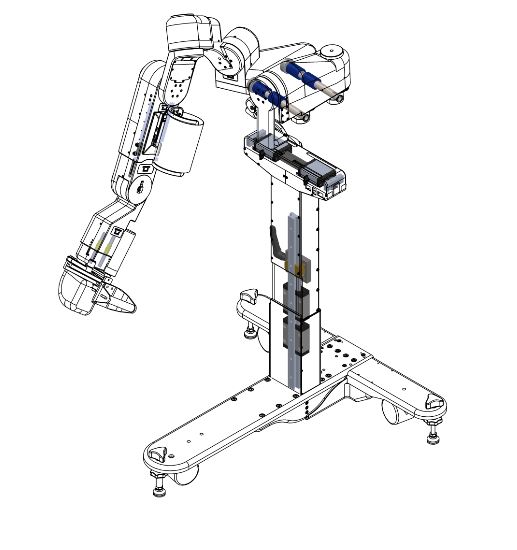
drylin T rail guide systems manufactured by igus® ensure high rigidity in the stand for the exoskeleton. The guides are extremely resistant to dirt and offer a low coefficient of friction and wear. They are also frequently used in machine building, machine tools, package handling and the woodworking industry.
“We needed to design the exoskeleton to have some kind of linear motion that is reliable across the life of the robot,” Varghese said. “It needed to be lightweight, and it needed to be clean. We could not introduce greases and oils into a medical setting.
The igus® components met all of these conditions. They were exactly what we were looking for.”
Focusing on the shoulder
Incidents of stroke figure to rise significantly over the next 10 years, and was one of the primary reasons Harmonic dedicated its research toward developing an exoskeleton for stroke patients.
“As medical care gets better, people live longer,” Deshpande said. “Also, trend lines show increasing incidences of stroke among younger populations. That results in lost productivity and a longer duration of suffering.”
Many assistive devices have focused on ambulation, improved functionality of the legs. “Thanks to the success of the ADA in the United States, a lot of that problem is being solved with wheelchair accessibility,” Deshpande said. But the next stage to enabling the basic activities of daily living, is helping stroke survivors and other people with neuromuscular diseases to become more independent and restore function to the upper body.
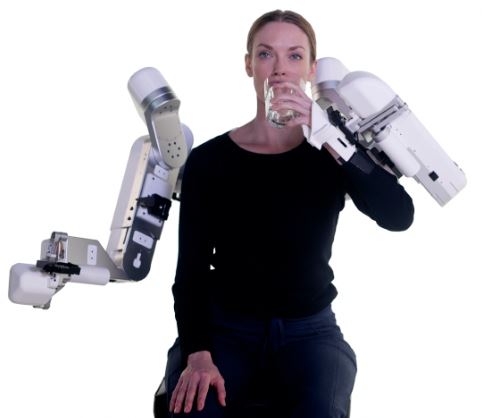
Also, research on improving physical therapy techniques of the shoulders is greatly hindered by the highly subjective metrics that are used for assessment of recovery. “The gold standard assessment scale for recovery is still a subjective assessment by the therapist on the scale of 1-5,“ Varghese said. “It’s difficult to come up with an alternative form of measurement without a device like Harmony, especially for the shoulder. It’s such a complicated joint -- not just the ball and socket -- but the complex motion of the shoulder girdle as well.
We must make sure the arm and the shoulder move in coordination. The exoskeleton re-teaches that coordination.”
Long rehab journey
There is no quick fix for stroke patients in their rehabilitation. The path toward regaining functionality is time-consuming and arduous, and many patients express frustration at the inability to make swift, significant strides.
“The biggest challenge with stroke survivors is the duration required to retrain the injured brain to a function level and the patience required by the survivor to persist in their own rehab journey,” Whitford said. He said many patients give up too soon or develop bad habits that persist throughout the rest of their lives.
Harmony helps makes the job for Whitford handle the patient’s upper limb paralysis, and also gives immediate and accurately measured feedback. For him and other therapists, it will be a valuable tool in helping a stroke patient advance towards normalizing movement.
“We are limited at the clinic, and sometimes it takes years of therapy to become functional,” Whitford said. “There is a misconception that normal use and movement will be restored fully. Our hope is to provide an adjunct to existing strategies in clinics and at home with stroke patients.”
Matt Mowry is the Product Manager for drylin® linear technology for igus® North America. He can be reached at mmowry@igus.net

